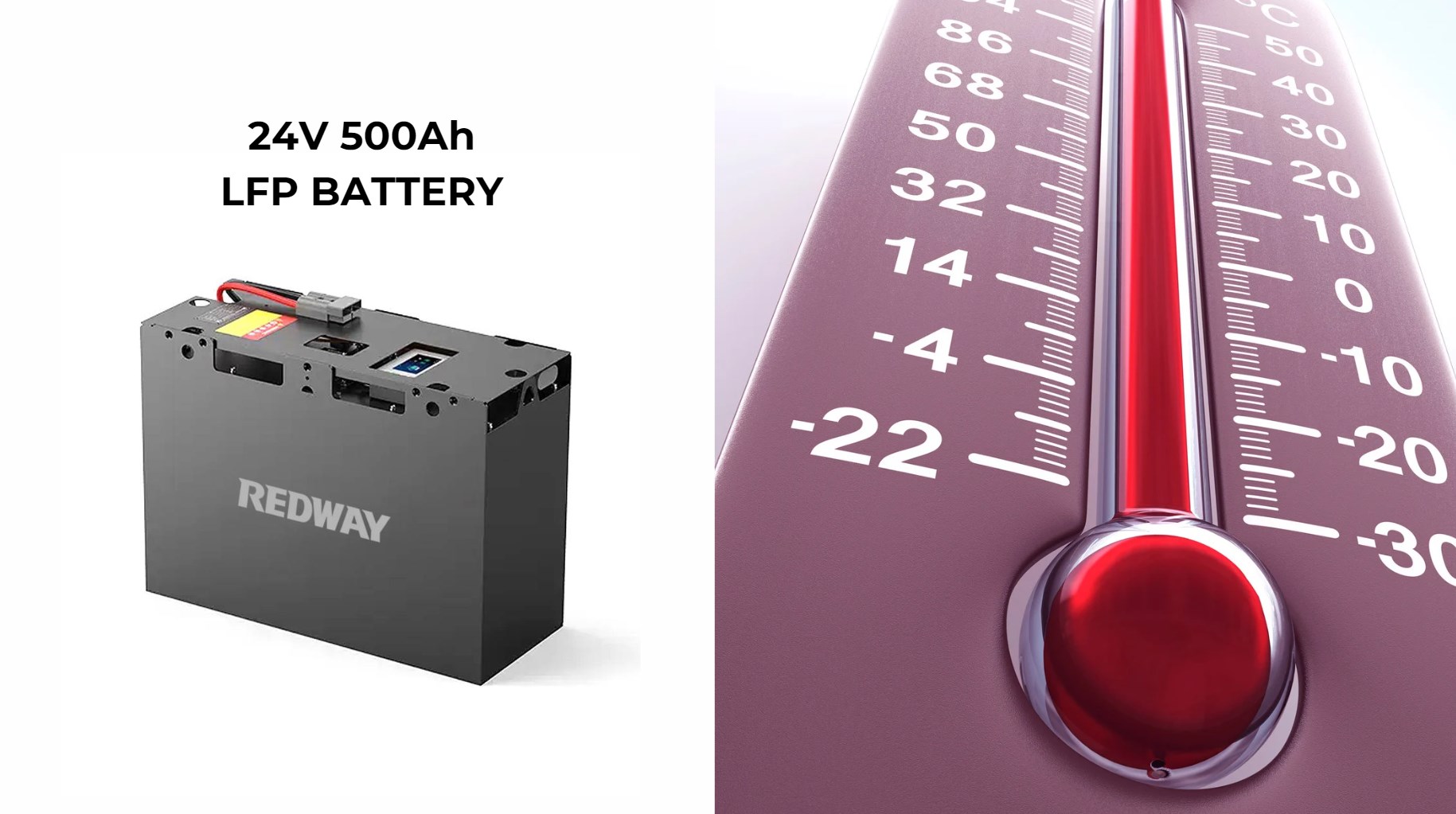LiFePO4 forklift batteries typically operate safely from -20°C to 60°C (-4°F to 140°F) and should be charged within 0°C to 45°C (32°F to 113°F). Charging below freezing risks lithium plating, permanently damaging the battery, while high temperatures accelerate chemical degradation, reducing lifespan and performance. Following manufacturer guidelines and maintaining controlled environments is essential for optimal safety and battery longevity.
What Is the Recommended Operating Temperature Range for LiFePO4 Batteries?
LiFePO4 batteries perform best within a discharge temperature range from -20°C to 60°C (-4°F to 140°F), allowing them to function reliably in diverse industrial environments.
What Charging Temperature Range Should Be Observed?
Charging should only be done between 0°C and 45°C (32°F to 113°F) to prevent lithium plating and thermal stress that could harm battery cells.
Wholesale lithium golf cart batteries with 10-year life? Check here.
How Do Low Temperatures Affect Battery Performance?
Charging below 0°C can cause lithium plating on the anode, resulting in permanent capacity loss and safety risks. Discharging at low temperatures thickens the electrolyte, reducing efficiency and runtime.
What Are the Effects of High Temperatures on Batteries?
High temperatures during charging can overheat and damage cells, while operating at elevated temperatures accelerates chemical degradation, lowering overall capacity and shortening battery life.
Want OEM lithium forklift batteries at wholesale prices? Check here.
How Important Is Following Manufacturer-Specified Temperature Guidelines?
Adhering to the precise temperature ranges specified by manufacturers prevents damage, guarantees warranty compliance, and ensures reliable performance over the battery’s lifespan.
What Best Practices Help Maintain Optimal Battery Temperature?
Operate and store batteries in consistent, controlled environments. Use insulation in cold climates to retain heat generated during operation and avoid thermal cycling that stresses the battery.
Charging and Operating Temperature Ranges for LiFePO4 Forklift Batteries
| Temperature Condition | Range | Impact |
|---|---|---|
| Operating (Discharge) | -20°C to 60°C (-4°F to 140°F) | Reliable operation across wide climates |
| Charging | 0°C to 45°C (32°F to 113°F) | Prevents lithium plating and cell damage |
| Optimum Operation | 20°C to 30°C (68°F to 86°F) | Maximizes performance and lifespan |
Redway Battery Expert Views
“Optimal temperature management is critical for LiFePO4 battery health and safety. At Redway Battery, we emphasize precise adherence to charging and operating temperature ranges, combined with robust thermal controls and advanced BMS, ensuring reliable, long-lasting performance in challenging industrial settings worldwide.” – Expert, Redway Battery
Conclusion
LiFePO4 forklift batteries require careful temperature management: operating from -20°C to 60°C, and charging strictly between 0°C and 45°C to avoid safety hazards like lithium plating and accelerated degradation. Maintaining stable, manufacturer-recommended temperature conditions and insulating batteries when needed preserves capacity and lifespan—key factors for efficient, safe forklift operation.
FAQs
What happens if I charge LiFePO4 batteries below 0°C?
It can cause lithium plating, permanently damaging the battery.
Can LiFePO4 batteries operate in freezing temperatures?
Yes, they operate down to -20°C during discharge, but charging is restricted above freezing.
How do high temperatures affect LiFePO4 batteries?
They speed up chemical degradation, reducing capacity and life expectancy.
Should I insulate batteries in cold climates?
Yes, insulation helps maintain optimal temperature and prevent heat loss.
Are temperature guidelines the same for all LiFePO4 batteries?
Ranges can vary by manufacturer—always follow your specific battery’s instructions.






